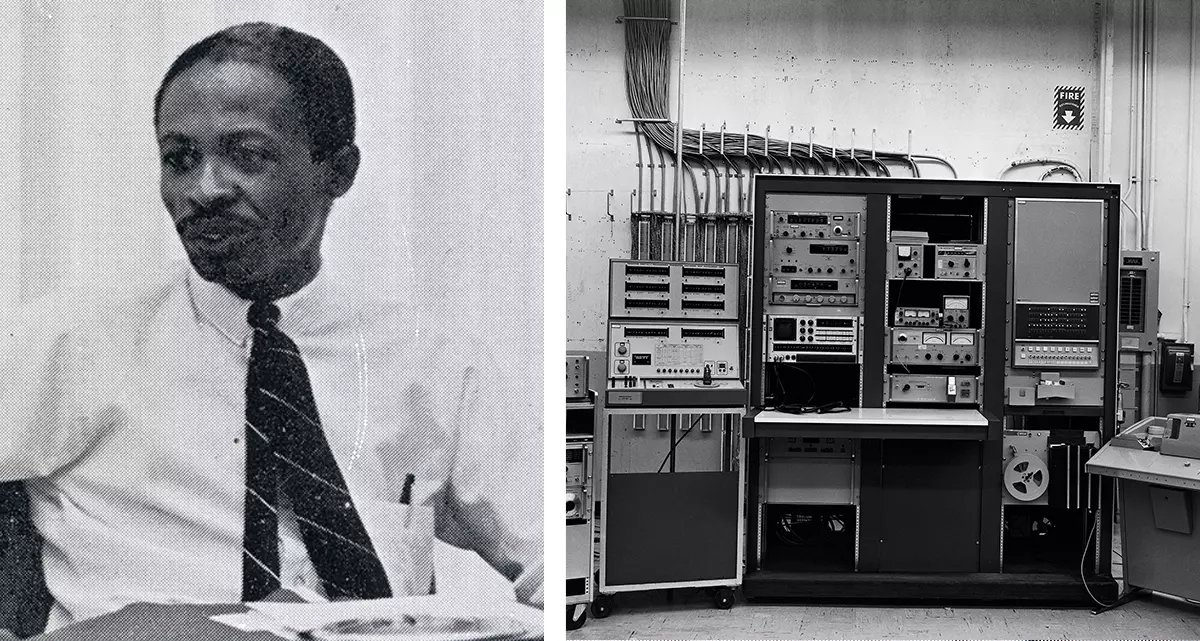In celebration of Black History Month in the UK, the digital capabilities service at the University of Kent is releasing a series of blog posts discussing the experience of black people in the digital world. These posts will showcase the power and influence of many black technologists, inventors, and pioneers of our global digital society as well as explore the historical and modern struggles faced by black people regarding access, representation, skills development.
Roy L. Clay is trailblazing computer scientist whose work down barriers for many in the technology industry. Clay was born in Missouri, USA in 1929. He experienced discrimination throughout his childhood, but his mother told him to “you will face racism the rest of your life, but don’t ever let that be a reason why you don’t succeed”. As a young man, Clay was awarded a scholarship to study mathematics at Saint Louis University (SLU) and became one of the first African-Americans to graduate from SLU with a bachelor’s degree in 1951. He initially struggled to find work in technology – at an interview for McDonnell Aircraft Corporation, Clay was taken aside and told “Mr. Clay, I’m very sorry, we don’t hire professional Negroes”. He taught himself to code, and by 1958 was a programmer at Lawrence Livermore National Laboratory creating a radiation tracking system to study the aftermath of a nuclear explosion. It was while working at Lawrence Livermore National Laboratory that Clay was first introduced to David Packard, who encouraged him to apply for a job. Clay went on to work at Control Data Corporation, where he created new Fortran compilers – programs that translate computer code.
Clay later moved to Palo Alto, California and joined Hewlett-Packard (HP), where he lead the company’s inaugural Computer Science division from 1965. Under Clay’s direction, his team developed one of Hewlett-Packard’s first mini-computers, HP 2116A. Clay went on to become one of the highest-ranking Black members of staff at HP and developed several initiatives to improve the representation of African-Americans in Silicon Valley.
Clay recognised the need to test electrical products for safety, and left HP in 1971 to start his own business. He founded ROD-L Electronics, a company recognised not only for its technical innovation but its community work. Clay is the inventor of the dielectric withstand test – or high potential (hipot) safety test – which is used to measure the potential of an electronic device for higher than usual operating voltage. In 2002 Clay was recognised as one of the most important African-Americans working in technology by African American Museum and Library at Oakland. His company, ROD-L Electronics, was awarded the Dads Count Family Friendly Employer Award by San Mateo County. Clay was inducted into the Silicon Valley Hall of Fame in 2003. As a longtime technology investor and champion, past and present generations have benefitted from Clay’s commitment to diverse talent development as well as his ingenuity.

